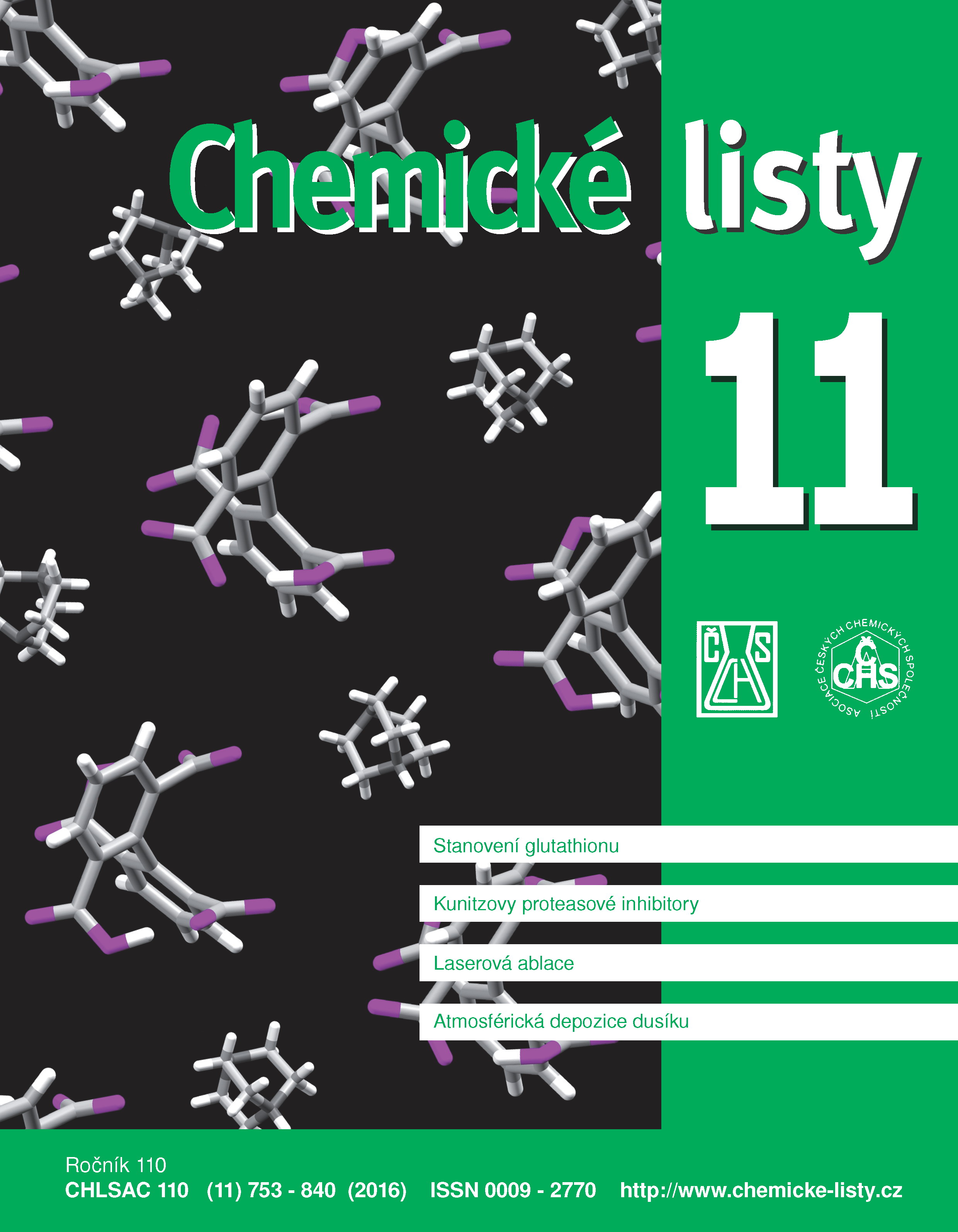Identification of Natural Dyes Extracted from Archaeological Textiles Using Liquid Chromatography with Mass Spectrometry Detection
Keywords:
textile dyes, archaeological textiles, dye extraction, high resolution mass spectrometry, natural sources of dyestuffAbstract
All the three types of natural dyes under investigation – direct, vat and mordant – were extracted by a solvent mixture containing methanol, dichloromethane, and formic acid in a ratio of 70:25:5. For the identification, high-resolution mass spectrometry (HR-LC-MS) was used. The best results were achieved using negative electrospray ionization. In mediaeval textiles exploration from the New Town of Prague, dyestuffs from madder, woad, crimson coccids, weld, buckthorn, brazilwood, and tannins from oak galls were found. HR-LC-MS analyses confirmed the usage of various combinations of dyestuffs leading to the formation of new types of colours. The most frequent combinations were the fusion of red madder with blue woad, as well as combinations of madder with yellow weld and madder with crimson coccids.





